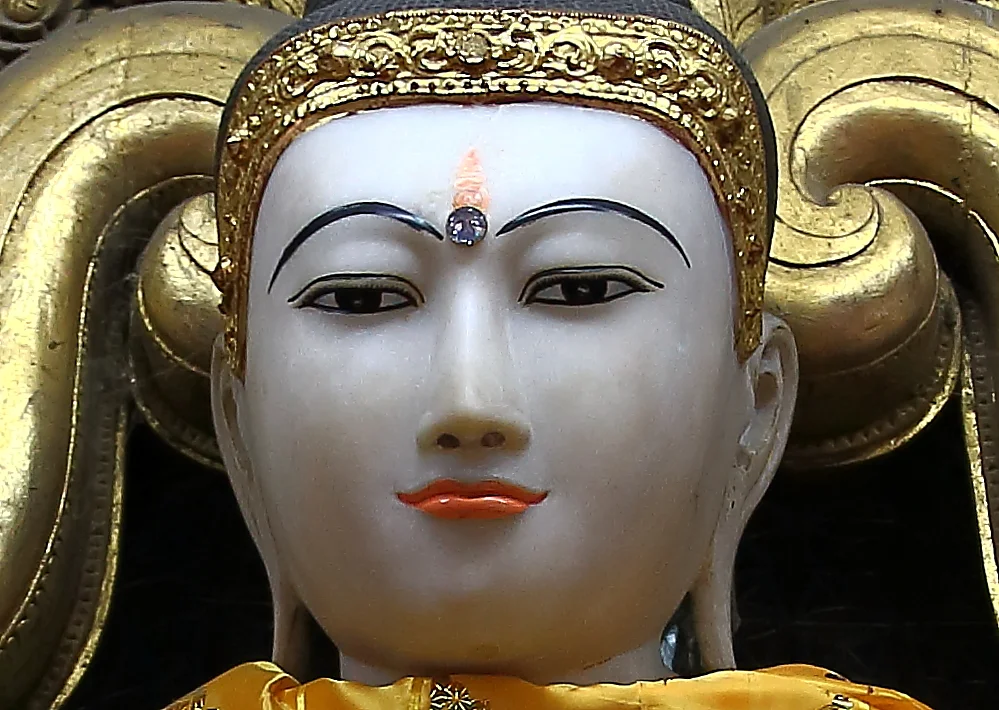Traditional singing, chanting and music from Thailand, Myanmar and India
My collection of mostly self-recorded singing and chanting of religious scripture and verse. Monks in Thailand are highly prized for their individual vocal performances of liturgical text and the ability to create an evening of compelling storytelling reciting jataka (stories of the past lives of the Buddha).
Listening to performances of singing is prohibited in the ten precepts for novices, monks, and nuns. When monks “perform” canonical texts throughout the Theravada world, they usually chant them. There are a few regional exceptions of monks singing in the performance of popular texts, such as those of jataka in parts of northern Thailand.*
The most prized of the Jatakas is the Story of Prince Vessantara recited at the Thet Mahachat during the festival of Loy Krathong. The Thai believe that hearing the complete Vessantara Jataka will ensure the listener of rebirth in the time of Maitreya (the future and last Buddha) promising them nibanna (nirvana).
The actual contents of the chant may also be of secondary importance to the monks. The importance of the monks’ deportment, appearance and sweetness of voice during the paritta suttas, over and above the contents of the texts, which in many cases is not even understood by the monks themselves.**
Buddhist chant is rooted in the Indian religious tradition called the gatha. Gatha means a narrative song or sung verse. The use of various vocal techniques such as tonality, sustain, slur, varieties of cadence, tempo, pitch, incantations, laments, and plaintive rhythms add to the significant range of styles used by monks in ceremonies in the temples of Thailand.
*Theravada Buddhism, Continuity, Diversity, and Identity by Kate Crosby
**Jataka Stories in Theravada Buddhism, Narrating the Bodhisatta Path by Naomi Appleton
-
Yo So Bhagava Araham: He is the blessed one Sammasambuddho: freed from all bondages, Svakkhato Yena Bhagavata: the All Enlightened one
-
The monks of Wat Saen Fang. The week long series of events begins with a private service that includes the family members and the leading monks of the host Wat.
-
Television audio of funeral procession in Bangkok for the Supreme Patriarch (The governmental leader of the Thai Buddhist Faith)
-
Piiphaat Mon Musicans (not identified)
-
Senior monk leading a liturgical chant using a modulated vocal style
-
Music and introduction of the Vessantara Jataka performed in designated Wats in Thailand during Loy Krathong.
-
A Bhajan has no prescribed form or set rules, it is free form, normally lyrical and based on melodic ragas. The Bhajan became popular as part of the Bhakti movement. Bhakti is the belief that salvation is attainable to anyone who had a pure and selfless love of God.
-
Rhythmic and hypnotic music accompanies Shan dance with it's slow movements and courtly manners
-
I had heard the adman in many cities of the world and had never found it anything other than an ideal of sonic beauty. The call to prayer made mornings less lonely, made late afternoons more melancholy, and filled the evening with strange, silvery omens. (from Apostle by Tom Bissell)
-
Seated on a Asana Sohng (Monk's long seat) in order of seniority are the monks of the Wat. The abbot from the preaching chair recites verses and the monks respond repeating the verses word for word. Wat Chetupon, Chiang Mai, Thailand
-
Last chanting for a local abbot before the procession to the cremation area
-
A superb example of vocal virtuosity
-
Drummers wearing traditional red uniforms lead a funeral procession
-
A softened voicing of Buddhist chant to create a sacred space
-
Man and woman perform traditional sing of a local tribe in the Santa Fe town square for contributions

